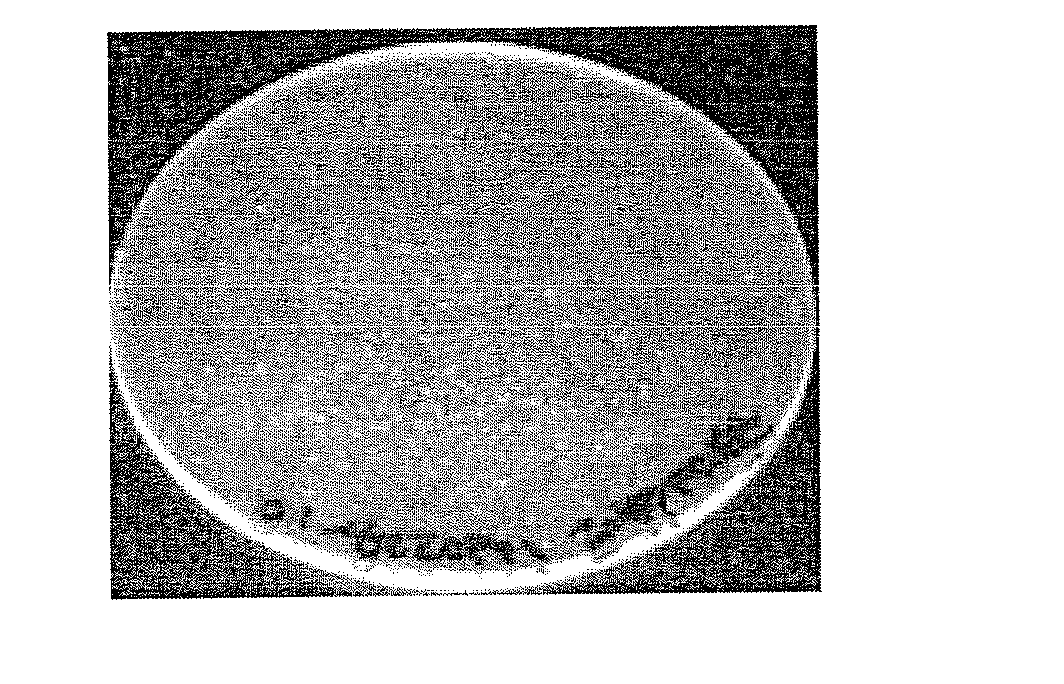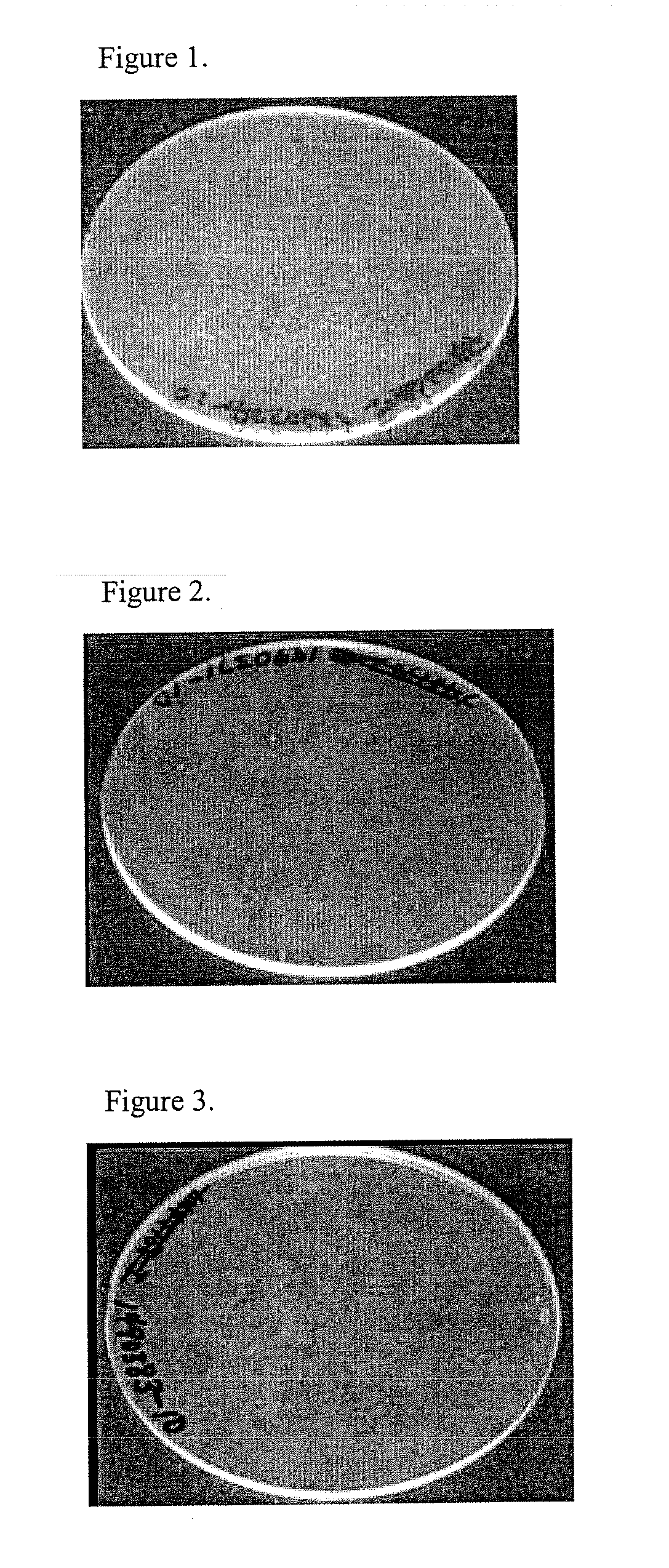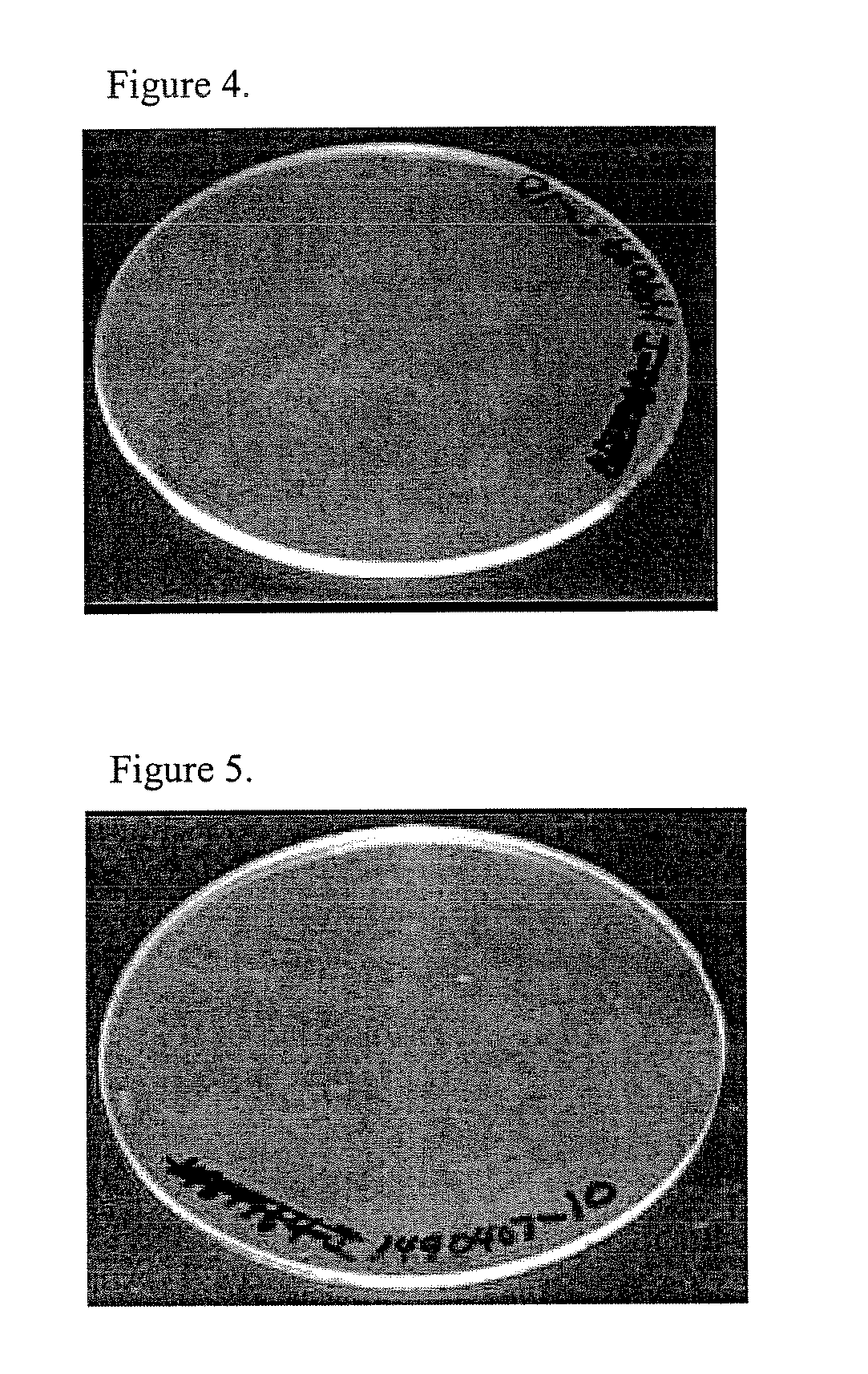Thermoplastic composition, method of making, and articles formed therefrom
a technology of thermoplastic polysiloxanepolycarbonate and composition, which is applied in the field of thermoplastic polysiloxanepolycarbonate copolymer composition, can solve the problems of hydrolytic instability (degradation) of copolymers and the low heat resistance of polycarbonates
- Summary
- Abstract
- Description
- Claims
- Application Information
AI Technical Summary
Problems solved by technology
Method used
Image
Examples
examples
[0096]The materials Table 1 were used in the examples.
TABLE 1Material NameDescriptionManufacturerPC-I-1Bisphenol A polycarbonate, Mw = 30,000 g / molGE PlasticsPC-I-2Bisphenol A polycarbonate, Mw = 22,000 g / molGE PlasticsPSC-II-1Bisphenol A polycarbonate-polysiloxane copolymer, 6 wt. % dimethyl siloxaneGE Plasticsunits based on total weight of the copolymer, x has an average value of43 to 50, Mw = 23,500 g / molPSC-II-2Bisphenol A polycarbonate-polysiloxane copolymer, 6 wt. % dimethyl siloxaneGE Plasticsunits based on total weight of the copolymer, x has an average value of27 to 33 repeat units, Mw = 23,500 g / molPETSPentaerythritol tetrastearate (plasticizer / mold release agent)FACI Farasco-Genova ItalyPAOpoly(1-undecene) (mold release agent)INEO OligomersI-168Tris (2,6-di-tert-butylphenyl)phosphite (IRGAFOS ® 168; antioxidant)Ciba SpecialtyChemicalsE-13,4-epoxycyclohexylmethyl-3,4-epoxycyclohexanecarboxylateUnion CarbideCorporationE-2Styrene-acrylate polymer with glycidyl side chains (J...
PUM
| Property | Measurement | Unit |
|---|---|---|
| weight average molecular weight | aaaaa | aaaaa |
| thickness | aaaaa | aaaaa |
| glass transition temperature | aaaaa | aaaaa |
Abstract
Description
Claims
Application Information
 Login to View More
Login to View More - R&D
- Intellectual Property
- Life Sciences
- Materials
- Tech Scout
- Unparalleled Data Quality
- Higher Quality Content
- 60% Fewer Hallucinations
Browse by: Latest US Patents, China's latest patents, Technical Efficacy Thesaurus, Application Domain, Technology Topic, Popular Technical Reports.
© 2025 PatSnap. All rights reserved.Legal|Privacy policy|Modern Slavery Act Transparency Statement|Sitemap|About US| Contact US: help@patsnap.com



